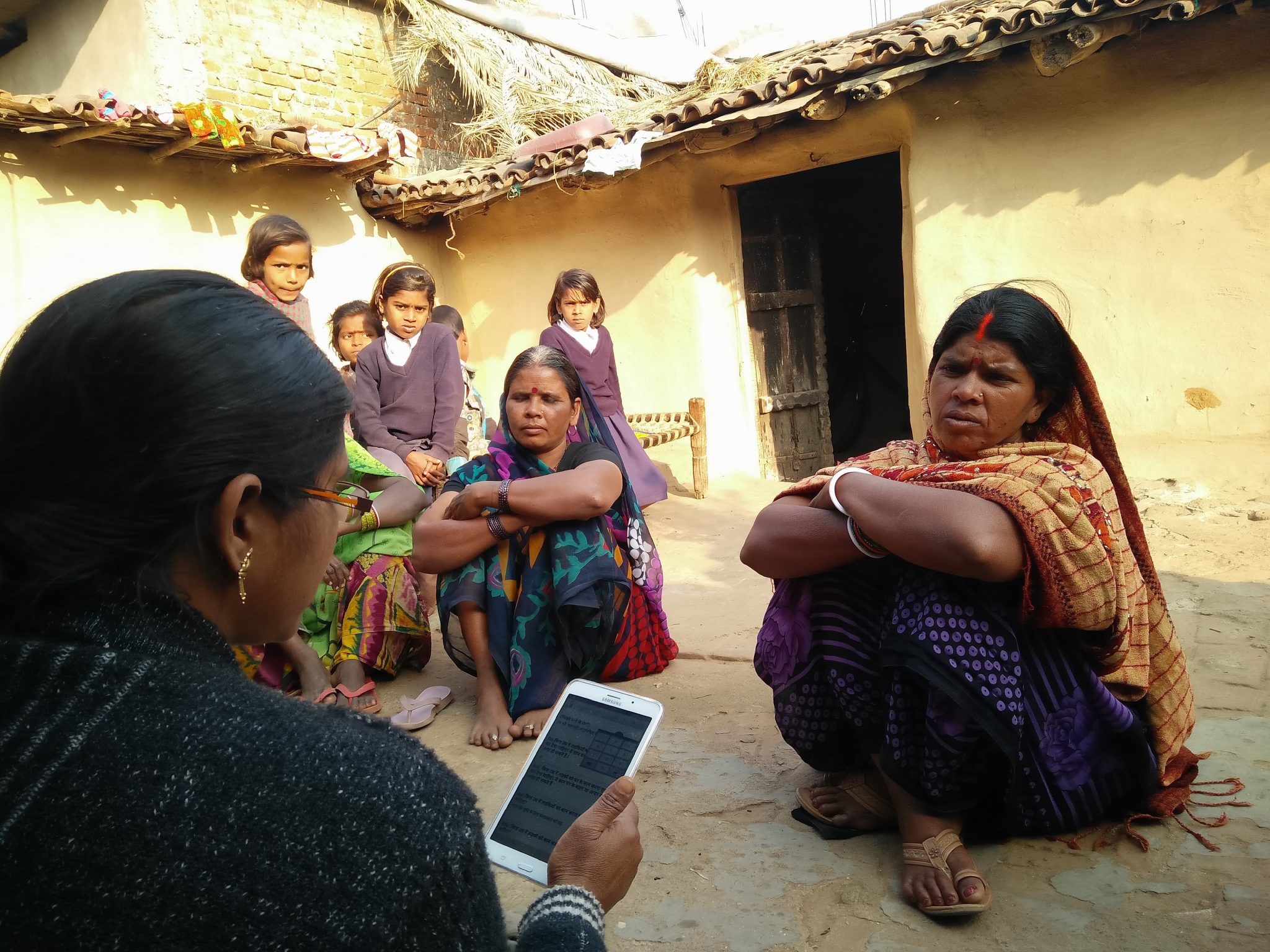Blog Details
“To effectively communicate, we must realize that we are all different in the way we perceive the world and use this understanding as a guide to our communication with others.” – Anthony Robbins
Corporate Social Responsibility (CSR) has been the bedrock for social impact in the development sector especially in a developing country like India. A plethora of programs have been able to sustain because of the philanthropic decisions made by the private sector. Hence there is no doubt that CSR programs play a pivotal role in sustaining on-ground level impact. Yet, the development sector still faces one critical issue – How does a CSR foundation/organization make sure that they are funding the right project/initiative and how do they quantify their impact? Similarly, on the other end of the spectrum, do smaller organizations that have been doing impactful work but have minimal resources to showcase their impact, get funding to continue their good work?
That’s where an ‘Impactful communication strategy’ can help both CSR Foundations and smaller organizations. Ms. Minnette E. Dumwright in her piece, ‘Identity, Identification, and Relationship Through Social Alliances’ (1997) states that the right communication strategy about CSR activities has become a key factor for CSR as an effective marketing tool to generate positive outcomes out of a company’s CSR engagement and to avoid negative attitudes and behavior regarding the company. From a CSR communications perspective, a robust strategy contributes to identifying the stakeholders which require financial support but at the same, it helps in developing narratives that showcase the contribution of a CSR foundation towards society. In these times of increasing virtual presence and validation, showcasing the impactful work done by CSR organizations through its online channels helps in bringing its followers on the immersive journey undertaken by the organization.
These efforts should be supplemented by sustainable communication strategies. One critical aspect of having a positive outcome from communicating positive changes as well as challenges of CSR organizations is to ensure that the narratives are sustainable. Impactful communications help in not only showcasing the work but also at teaching the audience the rationale behind certain initiatives and help raise awareness about certain issues. For instance, P&Gs ‘Padhega India tabhi to badhega India’ campaign. Not only they started their philanthropy on primary education but at the same time, they have embedded the issue of the right to education amongst their stakeholders.
An impactful communications strategy is critical for organizations that are seeking funding. In the Indian developmental sector, the communications vertical is still a thematic area that is not given a lot of importance. Often a researcher is seen dabbling the hats of research as well as communications. This phenomenon could be due to two reasons. One, the organization doesn’t have the resources or capital for establishing independent communication vertical. Second, the value of having communications vertical is overlooked and underappreciated. Whereas the fact is that a robust communications team could help an organization in better dissemination of their impactful work, identify key stakeholders (in this context – CSR Foundations), and carry forward targeted content generation and dissemination. There is no doubt that a lot of not-for-profit, as well as social enterprises, are doing some incredible work but there has to be a clear-cut approach to showcase the impact for recognition and most importantly, funding.
An important catalyst that is leading social enterprises to focus more on developing a communications vertical is the Covid19 pandemic. As online presence grows more with research, workshops, seminars transitioning to online activities, there has been a steep rise in people spending more time online. Hence, curating and disseminating the work online has become critical. This not only helps in providing an insight into the work done by social enterprises but also helps in highlighting the importance of the initiatives and keeps the important stakeholders in the loop about the developments in this pandemic period.
To conclude, in the Indian developmental sector, multiple organizations have been doing impactful work on different thematic areas yet only a handful of these organizations have managed to be in the limelight. The difference lies in the fact that this handful of organizations have invested in developing robust and sustainable communications strategies which have helped them in showcasing their work, onboarding new partners, and at the same time sharing their values and imparting learnings to the audience. Hence, as the fourth industrial revolution embarks upon us, sustainable and impactful communications become critical for CSR organizations as well as smaller not-for profits expansion and sustenance.








David Angel Makel
IT ConsultantIt is a long established fact that a reader will be distracted by the readable content page looking at its layout point of using normal